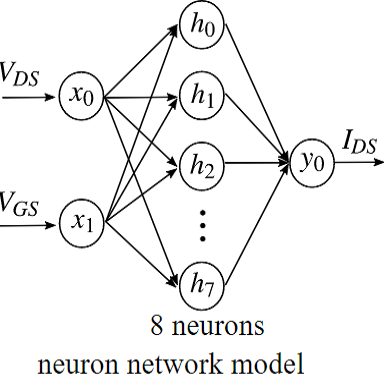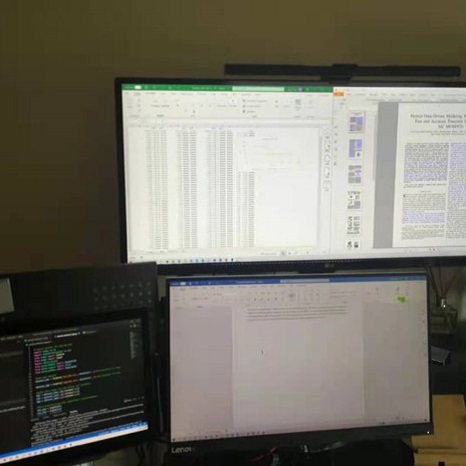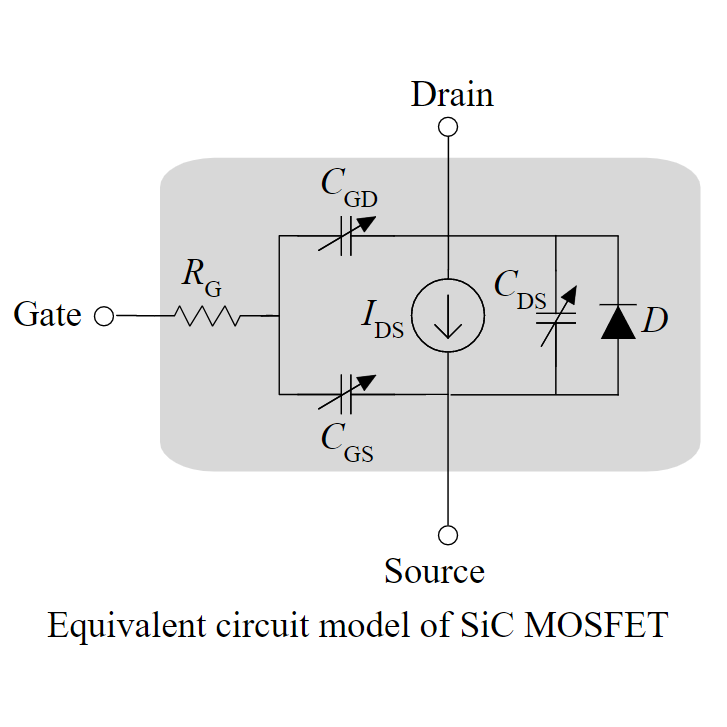Peng Yang successfully completed his 3-month CINERGIA secondment from January to April 2021. He was grateful to his secondment supervisors, Mr Miquel Teixidó (CINERGIA director) and Prof Oriol Gomis (UPC), for organising computer-based research (due to Covid restrictions), for their guidance and regular progress meetings.
Peng focused on the modelling of SiC MOSFETs* in power electronic converters based on artificial neural networks**. He learnt how to use the computer software, Python, to build and train the artificial neural network with proper training data. The artificial neural network model is useful for circuit simulations to evaluate the power losses and EMI (electromagnetic interference) performance of power electronics converters.
***
* SiC MOSFETs: Silicon carbide metal-oxide-semiconductor field effect transistors. They are key devices for next-generation power electronics. SiC MOSFET offers enhanced performance, including higher efficiency, higher switching frequencies and better thermal performance, compared to its Silicon counterpart. This Wolfspeed article explains in more detail.
** Artificial neural network: One of the basic machine learning algorithms inspired by the biological neural networks that constitute animal brains. A powerful Application Programming Interface (API) called Keras can be used in Python to build neural networks.



